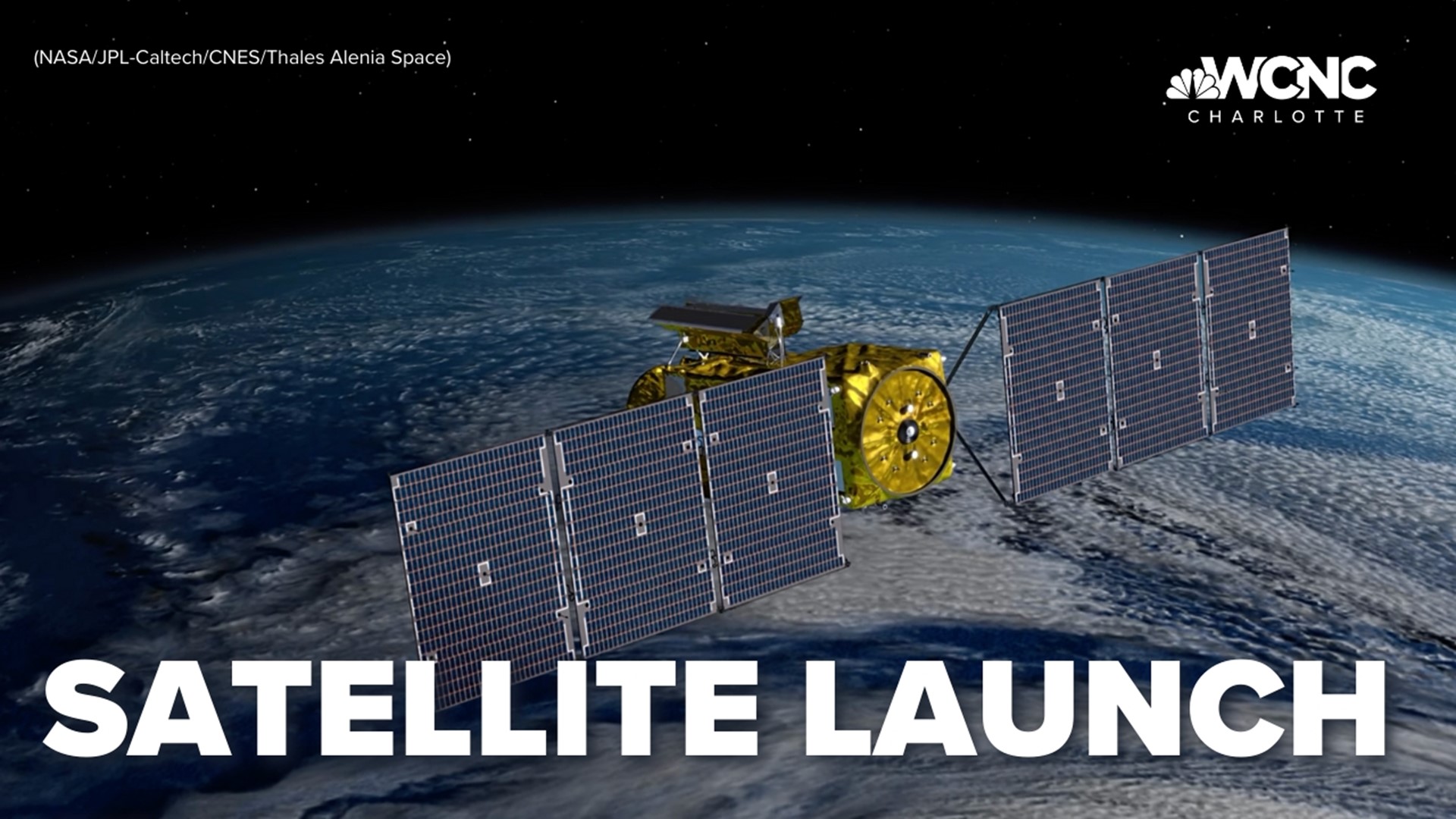CHARLOTTE, N.C. — A new satellite that will track water levels on Earth is scheduled to launch tomorrow morning.
The satellite is called the Surface Water and Ocean Topography, or SWOT. As climate change impacts the planet's water supply, the satellite can provide high-definition data to scientists.
"So as SWOT helps us understand the detailed changes in the water cycle, that'll help us better predict or project what communities might face. And that's going to help communities prepare for the changes," Karen St. Germain, NASA Earth Science Division Director, explained.
SWOT has been jointly developed and managed by NASA and the French space agency Centre National d’Études (CNES), with contributions from the Canadian Space Agency and UK Space Agency.
"SWOT is going to be able to track water throughout the entire watercycle," Germain explained. "As water moves from the oceans, through the atmosphere, onto land and back, [SWOT will provide] 10 times better spatial resolution -- or fidelity or clarity -- than we've ever had before.
The new satellite will be able to see details such as water levels inside eddies, which carry heat and nutrients around the world.
Designed to make the first-ever global survey of Earth's surface water, SWOT will collect detailed measurements of how water bodies on Earth change over time. The satellite will survey at least 90% of the globe, NASA explained. It will study Earth's lakes, rivers, reservoirs, and oceans at least once every 21 days. This data will be used to to improve ocean circulation models, and weather and climate predictions, and to aid in freshwater management around the world.
The SWOT mission is targeted for liftoff at 6:46 a.m. EST Thursday, Dec. 15, on a SpaceX Falcon 9 rocket from Space Launch Complex 4-East at Vandenberg Space Force Base in California.

